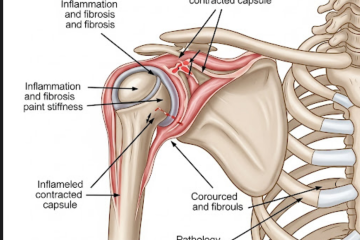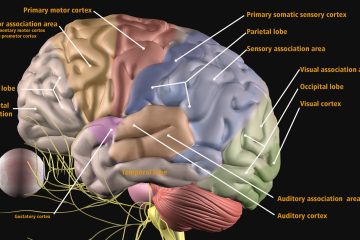Of all the running injuries that physical therapists treat, medial tibial stress syndrome (MTSS) is one of the more challenging. Therefore education for physical therapists on medial tibial stress syndrome is important and essential in order to provide the best treatment for your patients. MTSS is characterized by a gradual and insidious onset of pain along the distal 1/3 of the posteromedial tibia that many runners will identify as either an “aching” pain or a “sharp” pain that worsens with running quickly and during downhill running. In years past, the origin of Medial Tibial Stress Syndrome was believed to be a separation, or “splinting,” of the Sharpey’s fibers that insert onto the bone’s periosteum. However, newer research points to a strong association between a bone stress reaction within the bone marrow and the resulting periosteal lifting as a more likely source of the runner’s pain.
Jeff teaches an online Physical Therapy Running Course with healthclick
A key diagnostic challenge with shin pain is differentiating MTSS from other, similar conditions such as chronic exertional compartment syndrome, posterior tibial tendinopathy, and tibial stress fracture.
The incidence of medial tibial stress syndrome ranges between 13.6% to 20% in runners
https://www.ncbi.nlm.nih.gov/books/NBK538479/
Another key challenge with treating Medial Tibial Stress Syndrome and importance within a physical therapists education is ensuring that you and your patient can develop a positive therapeutic alliance. A huge key to success is ensuring you and your patient are on the same page regarding factors related to their injury and the necessary steps to recover. Specifically, many runners (and some health care professionals) falsely believe that factors such as improper running shoes, a lack of stretching, or a leg length discrepancy are the primary reasons for their injury.

In reality, MTSS, like all overuse injuries, involves a complex interaction between modifiable risk factors, such as training errors, and non-modifiable risk factors, such as a history of past injuries. Prior to my patient leaving their first visit, I share what I know about this condition, what factors may have played into their injury, and steps to address their pain, and a timeline to a full return to unrestricted running. Our ultimate goal is to ensure that my patient and I understand each other and agree on a plan of care that meets their goals as quickly and as safely as possible.
Contributed by Jeff Taylor-Haas, PT, DPT, OCS, CSCS, and the Healthclick Medical Professional Team. The information in this blog is intended for medical professionals and does not constitute medical advice. Jeff Taylor-Haas, PT, DPT, OCS, CSCS is an educator for North American Seminars, Inc. Live-onsite, virtual and online courses are available at healthclick.com
References:
Brewer RB, Gregory AJ. Chronic lower leg pain in athletes: a guide for the differential diagnosis, evaluation, and treatment. Sports Health. 2012;4(2):121-127. doi:10.1177/1941738111426115
Romani WA, Gieck JH, Perrin DH, Saliba EN, Kahler DM. Mechanisms and management of stress fractures in physically active persons. J Athl Train. 2002;37(3):306-314.
Schulze C, Finze S, Bader R, Lison A. Treatment of medial tibial stress syndrome according to the fascial distortion model: a prospective case control study. ScientificWorldJournal. 2014;2014:790626. doi: 10.1155/2014/790626. Epub 2014 Oct 14. PMID: 25379543; PMCID: PMC4212583.


